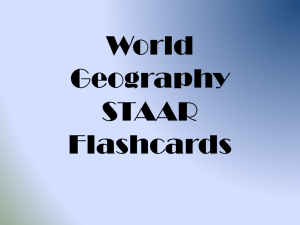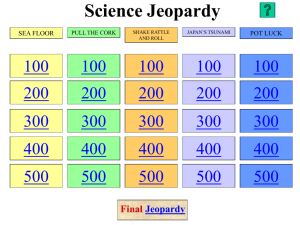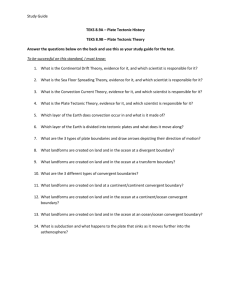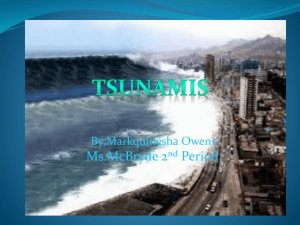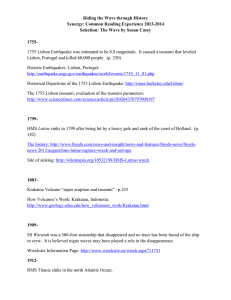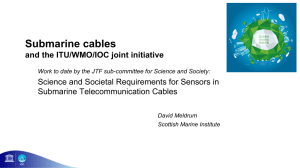World Geography Flashcards PP
advertisement
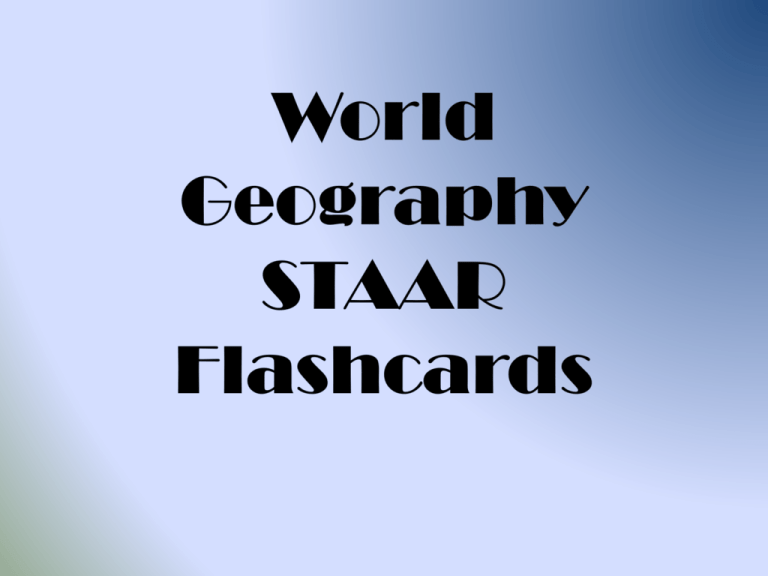
World Geography STAAR Flashcards Human Geographic Factors *patterns—these relate to things that humans have created or done; for example: technology, economic activities, transportation infrastructure, or development of cities. Physical Geographic Factors *relate to things found in nature such as: natural resources, bodies of water, climate, or landforms. Migration *the movement of people from one place to another. Diffusion *when “something” spreads such as religion, ethnic groups, or ideas. Columbian Exchange *began in 1492 with the exploration of Christopher Columbus discovering the Americas. It is the idea that plants, animals, food, and products were exchanged between the Americas and Europe. Political Maps *These maps show voting patterns, country boundaries, and/or political units— such as counties, cities, and school districts. Nationalism *a belief that people or ethnic groups should have their own government and territory. The idea that their interests and cultures come first. Patriotism *devotion to one’s country. The idea that you should be loyal to and support your countries laws and have pride in your country. Democracy *The people govern themselves by meeting together and making laws for their society. Example: Ancient Greece Dictatorship *One person rules the nation with no limits on his power and does whatever he wishes. Example: North Korea Monarchy *One person rules for life usually as a result of inheriting the position as a member of a certain family. Power may or may not be limited. Example: Saudi Arabia Republic *Through elections, the people choose those who govern them. (INDIRECT DEMOCRACY) Example: U.S. Theocracy *Those who rule do so because they are members of a particular religious faith. Example: Iran Totalitarian *One or a few individuals possess total control over the government as well as the economy. No opposition is permitted. Example: Stalin in the former Soviet Union. United Nations *An organization of nations whose purpose is to help solve international problems. The main bodies are the General Assembly and the Security Council. The Security Council has the power to authorize the use of military forces to be used in peace keeping missions. European Union *an association of countries in Europe; members agree to cooperate on matters mostly related to economics. Lithosphere *The outside shell of the earth—made up of the crust and upper mantle. Tectonic forces *the movement of the tectonic plates that can create mountains, rift valleys and earthquakes. Earthquakes *these are caused by movement in the plates of the earth; the Ring of Fire in the Pacific Rim is an earthquake hotspot. Erosion *when rock, sand, and soil are broken down and carried away by different forces; this can create canyons, valleys, and lakes. Landforms *refers to natural features of the landscape such as mountains, valleys, hills, and plains. Soilbuilding *the processes such as weathering, erosion, or deposits that affect the quality of the soil. Hydrosphere *the part of the earth covered by water. Ocean Currents *the movement of the ocean’s water that affects climate in different regions of the world; for example, the warm water of the Gulf Stream brings warmer weather to Great Britain. Water cycle *the process by which water on the earth’s surface moves from evaporation to condensation to precipitation. Precipitation *where water returns to the ocean and land through rain. Tsunamis *when an earthquake occurs under or near the ocean it can create a massive wave known as a tsunami. Japan was hit with a tsunami in 2011. Monsoons *are seasonal winds most often associated with South Asia. Heavy rainfall as a result of monsoons cause flooding and hardship for individuals living in low lying areas. Floods *usually indicate a temporary covering of land by water that is not normally covered by water. This can occur from intense rains and/or the overflow or break of a levee. Hurricane Katrina caused flooding in New Orleans, Louisiana in 2005. Tides *are created by the relationship between the Earth and the Sun; the gravitational pull on the earth’s surface. Atmosphere *(Sky) weather and climate Earth/Sun Relationship *The tilt of the Earth causes parts of Earth to receive more or less sunlight throughout the year causing seasons. Climate is most affected by latitude and elevation. El Niño *phenomena in which increased rainfall across the southern tier of the US and in Peru has caused destructive flooding and drought in the West Pacific, sometimes associated with devastating brush fires in Australia. Biosphere *refers to life on earth such as the climates and plants and animals in a region. Desertification *The expansion of desert like conditions to areas of arable land. Example is the grassland areas near the Sahara desert that are turning into deserts.
